I have a recurring dream—a nightmare, really—about being locked inside a glass house. The house has no curtains or furniture, and any dividing walls inside are also made of glass. All the lights are on in the house; it’s midnight. I can’t see out into the world, but the world can see me. The only thing I can see with any clarity is my own reflection, but she’s no comfort. She stares at me with wide-eyed uncertainty, and I stare back at her, disgusted.
I curl up into a ball, in the middle of the room, choking on hot tears, “go away, go away, go away”, I sob, rocking back and forth. But in this dream, midnight lasts into the unforeseeable future, and the dark night has no end.
This dream is symbolic—this is how it feels to have social anxiety.
I don’t like to be seen, because to be seen really means to be vulnerable, and to be vulnerable is dangerous. I close my eyes and remember the repeated sexual abuse, and shudder. Remembering hurts. A lifetime of hurting, hurts. I get up to lock the deadbolt, clean up the bread crumbs on the counter, and then make a fresh pot of coffee. I’m trying to write my Self onto paper, and in order to do that, I have to remember.
Unlike this dream, however, social anxiety isn’t something that solely exists at 4:00 in the morning. It’s also a Tuesday afternoon, sitting back row, in the middle of a European Literature lecture, paralyzed from the amygdala down. It’s failing the fall semester of university (and the winter semester, and then the spring and summer semester), self-medicating yourself dizzy, and getting knotted in relationships as dysfunctional as you feel.
It’s sitting at a corner table at Starbucks, trying to stay focused on your laptop screen (and wondering why in the world you forced yourself to go in the first place). It’s the twitch at the back of your neck, from trying so hard to sit still, the averted gaze, and the tsunami of coffee spilling over the edge of your mug, because your hands are shaking so violently. It’s the impossibility of crossing the street at a red light, the uncomfortable pause during a conversation, and the s-s-stammer, mid-sentence in the clutches of a panic attack—sweaty palms, heart pounding against your chest like a bongo-drum, your sympathetic nervous system on the alert.
*
I’m told that social anxiety typically develops in youth, and then goes away as one gets older. This was the reverse for me. I was 20 when I developed social anxiety, and it wedged itself between me and any sense of normalcy I felt I should have in my life. Whenever I was around anyone, it felt like I was in that glass house—like there was a spotlight that followed me around whenever I went out into the world. Going anywhere became a painful experience that I would do anything to avoid. I hated feeling awkward around people—trying to look calm despite the sweaty palms, nervousness, and inability to think at all (let alone be a part of the conversation).
When I was 23, I remember sitting over my table, gasping for breath, and wondering if I was dying. A heart attack, a punctured lung, black mold in the wooden trusses of the old house I was living—all of these possibilities raced through my mind while I reached for my cell phone to call my mom. I would later find out that what I experienced was a panic attack, and that I had anxiety.
“This is textbook anxiety”, my doctor said, before I’d even told him my theory on black mold.
He prescribed me medication, and suggested that I enroll in a CBT program with mental health. I didn’t take the medication then, and refused to seek any external help until I’d reached my breaking point at 26. I was humiliated. Who would love me, let alone like me if anyone knew? I was terrified to face myself, and like any person in my shoes, I tied my laces tight and ran as far and fast as I could from myself. I became an emotional wandress, split at the roots, and never feeling at home in my body.
During the 6 years of folding myself to fit inside the tiny drawer of social anxiety, I began to have the same recurring dream. Clutching my knees inside that glass house, I’d thrust awake in my bed somewhere between dusk and dawn, and wonder if there was any place I could escape my anxiety—any place I could run to; any place far enough away. My life had become the recurring dream, and it didn’t matter where (or how fast) I ran; my reflection always found me. Out of a desire to make sense of this dream, I began to reflect on it, and really try to get underneath it. I began to realize how much of a recluse I’d become in my life, and how many opportunities that were lost as a result. I know I’m more than my mental illness; and, at the end of the day, I need to give myself more credit.
I’m learning to live alongside my mental illness, rather than fighting it with white-knuckles and clenched fists. It’s a daily challenge, because the stigma of mental illness permeates society. There was a long time where I wanted to be someone else, because I was terrified of who I was. Now, my attention is directed to the small groups of people, who like myself, do understand what it’s like to have a mental illness—who want to live in a world bigger than catch phrases like “she’s crazy”and “it’s always the quiet ones” (et al.). And maybe, through those connections, we’ll realize how many people truly suffer in silence.
*
Social anxiety is a part of who I am. It’s a piece, not the whole. Just like my bone-straight black hair, my brown eyes, my small breasts, my curvy hips, my olive skin, and my size 8 feet. It’s a part of me, like my insatiability for good writing, my distaste for tomatoes, and my yearning to travel to Galway—my contradictions, my tenderness, my fiery temper, the way I laugh. I’m slowly beginning to view myself as someone more intricate than simply, “a woman with social anxiety”. I don’t look at my social anxiety and see the whole of me, anymore—at least, not to the extent that I did earlier my life. And rather than pushing it deeper into a hidden drawer, I’m letting it sit out in the sunlight. In loving the “less desirable” parts of my Self I’m learning to love the whole of me. It’s raw, and has its moments, but like any worthy relationship, it’s worth fighting for.
I’m still breathing—with grace and guts, I’m breathing.
Lana is an indie writer, personal essayist, and film photographer. Currently, she’s writing a collection of essays on addiction and mental illness.
Lana can be found on Facebook.
If you enjoyed this post, please take a few moments to leave a comment, or share with your friends using the share buttons below.



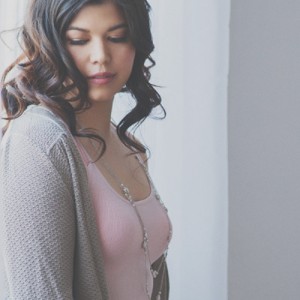

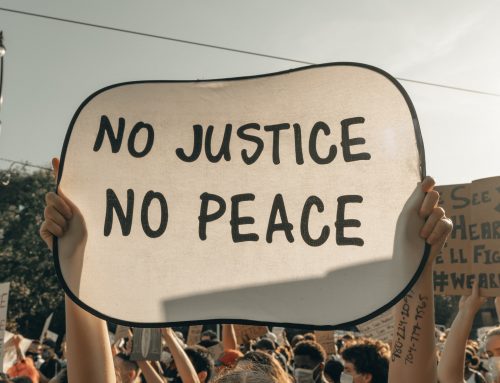
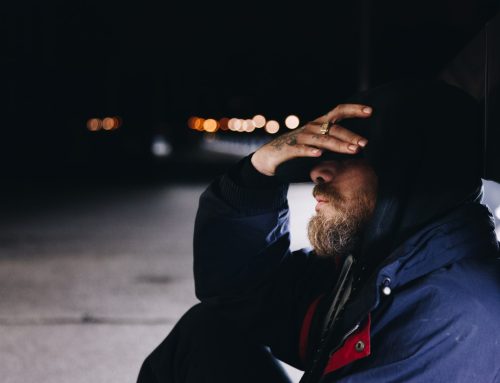
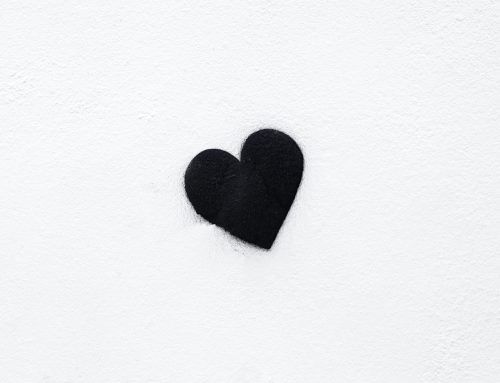
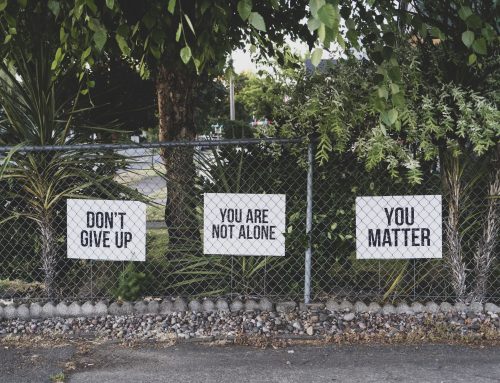
Oh Autumn!!!! What a deeply beautiful and incredibly touching piece. Your words express your anxiety in a way I hadn’t heard before. You words explain and pull non-anxiety experiencing people into your world and give us insight. While I know your struggle is real, your strength is inspiring, your words are touching…”And rather than pushing it deeper into a hidden drawer, I’m letting it sit out in the sunlight. In loving the “less desirable” parts of my Self I’m learning to love the whole of me. It’s raw, and has its moments, but like any worthy relationship, it’s worth fighting for.”…beautiful…your are so inspiring.
Thank-you so much Carrie! I’m deeply moved by your words. I must admit, it was unnerving to share my story, but I’m grateful to add to the discussion on mental illness. Your heartfelt comment is a beautiful thing to read first thing in the morning. x
This was an
absolutely beautiful post. You gave me chills! As someone who also suffers from
social anxiety disorder, you had me shaking my head the entire post. As hard as it is to share these kind of intimate things, it helps so much. Not only for the person sharing, but for others. Because it reminds the rest of us who suffer that we are are never truly alone. Which is exactly how it feels so very much of the time.
“Social anxiety is
a part of who I am. It’s a piece, not the whole.”
Keep writing. Keep fighting. Keep being beautiful, wonderful you!